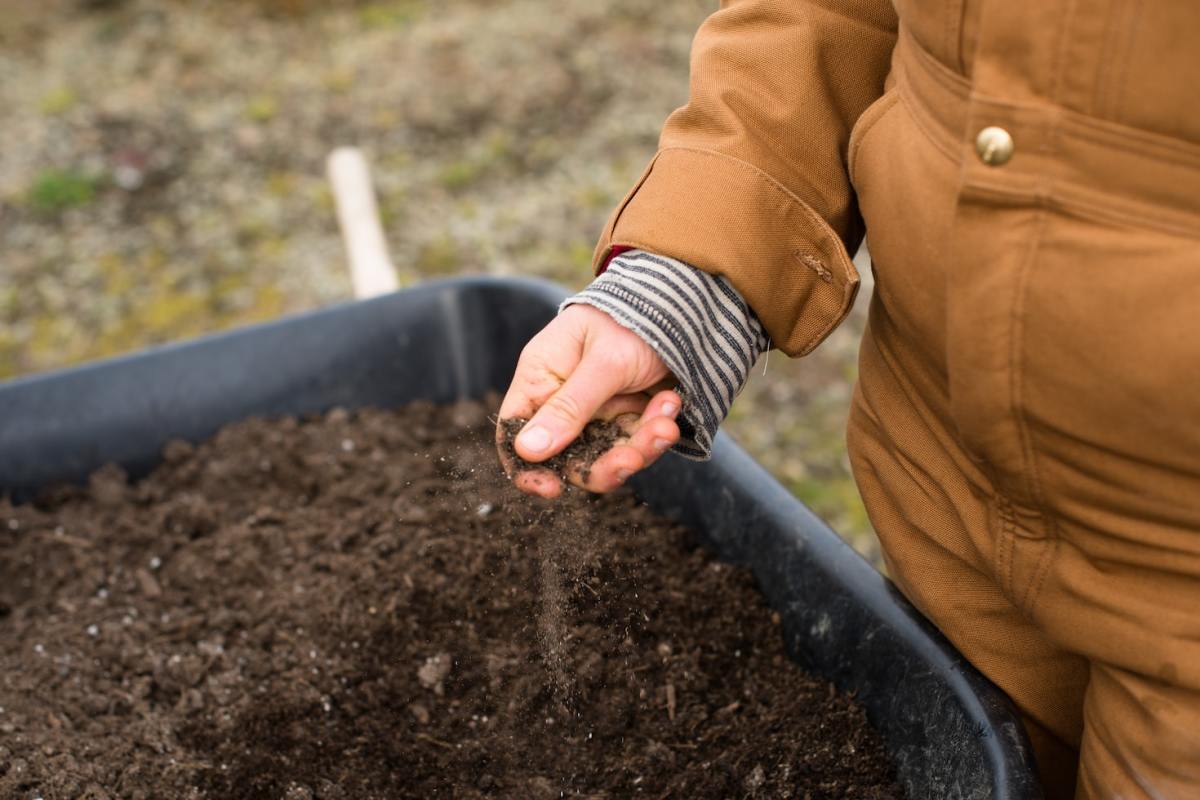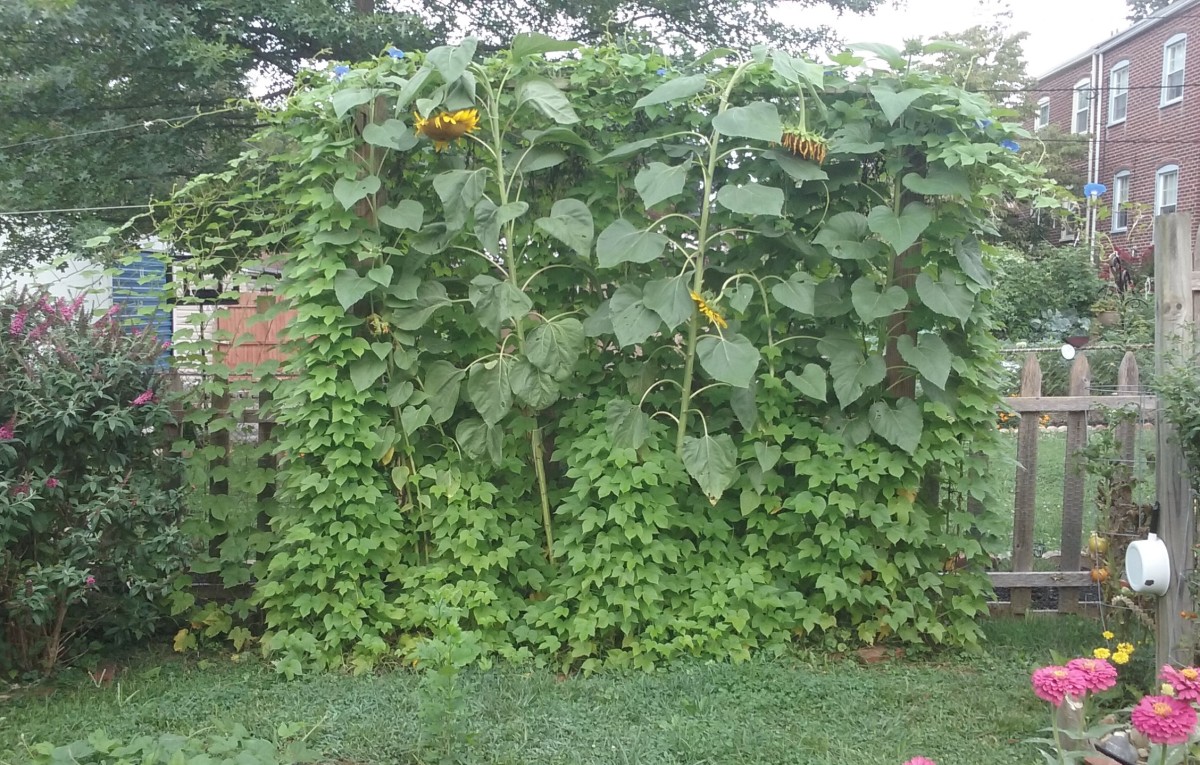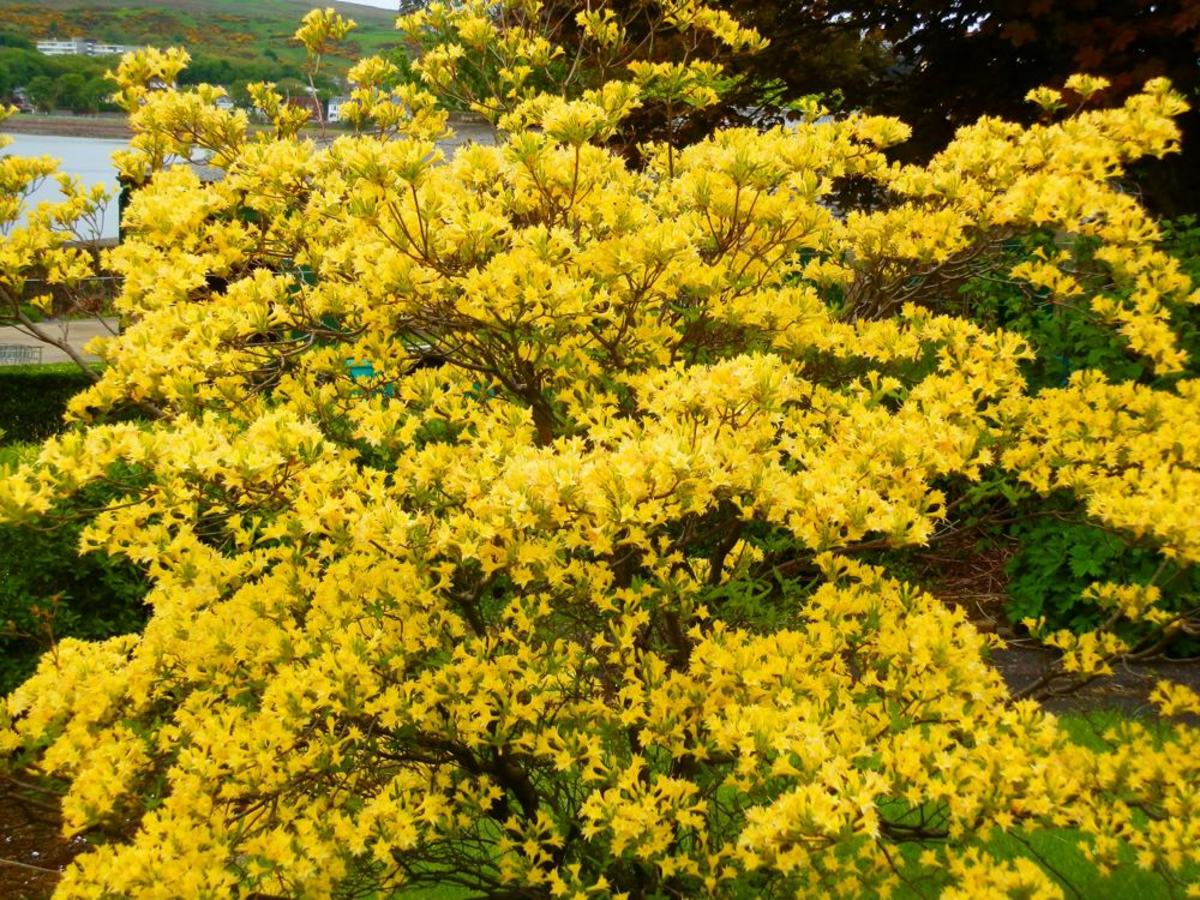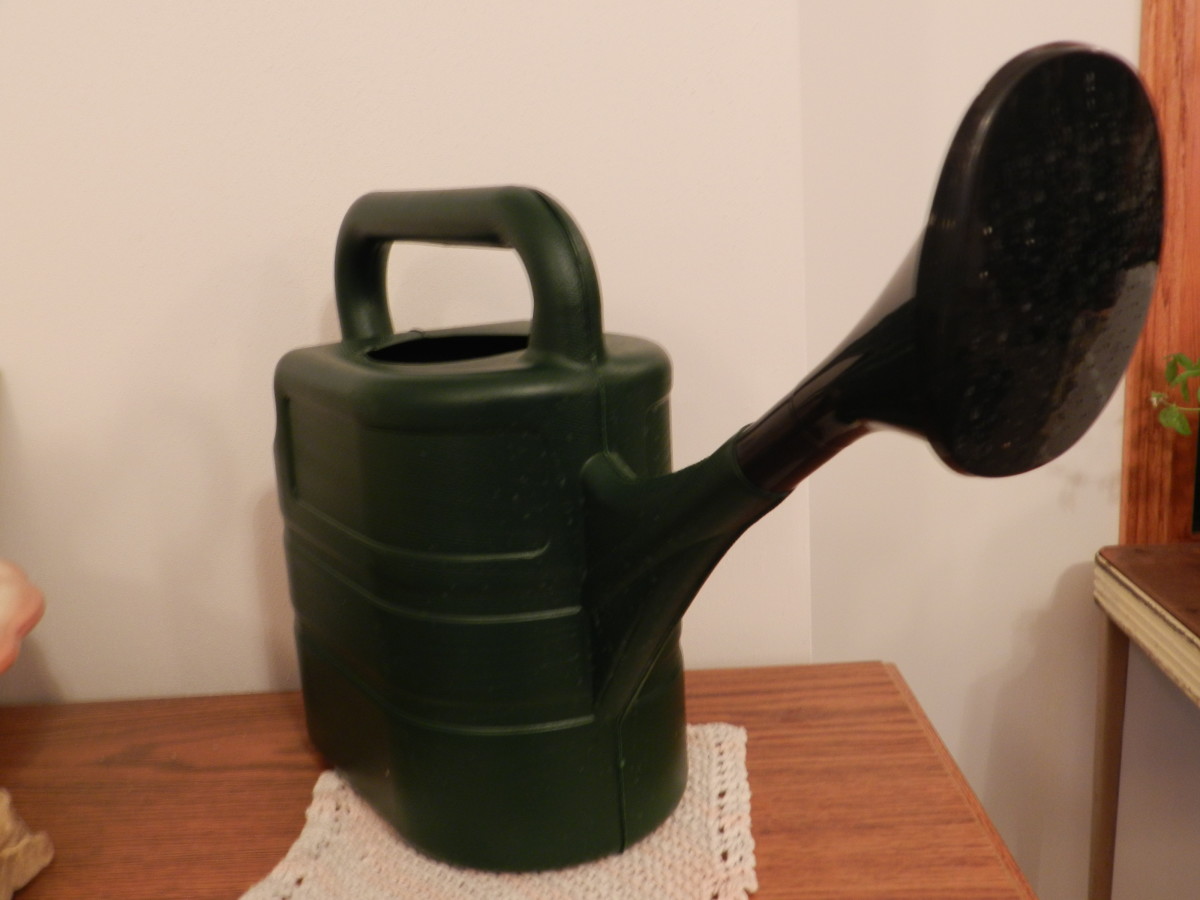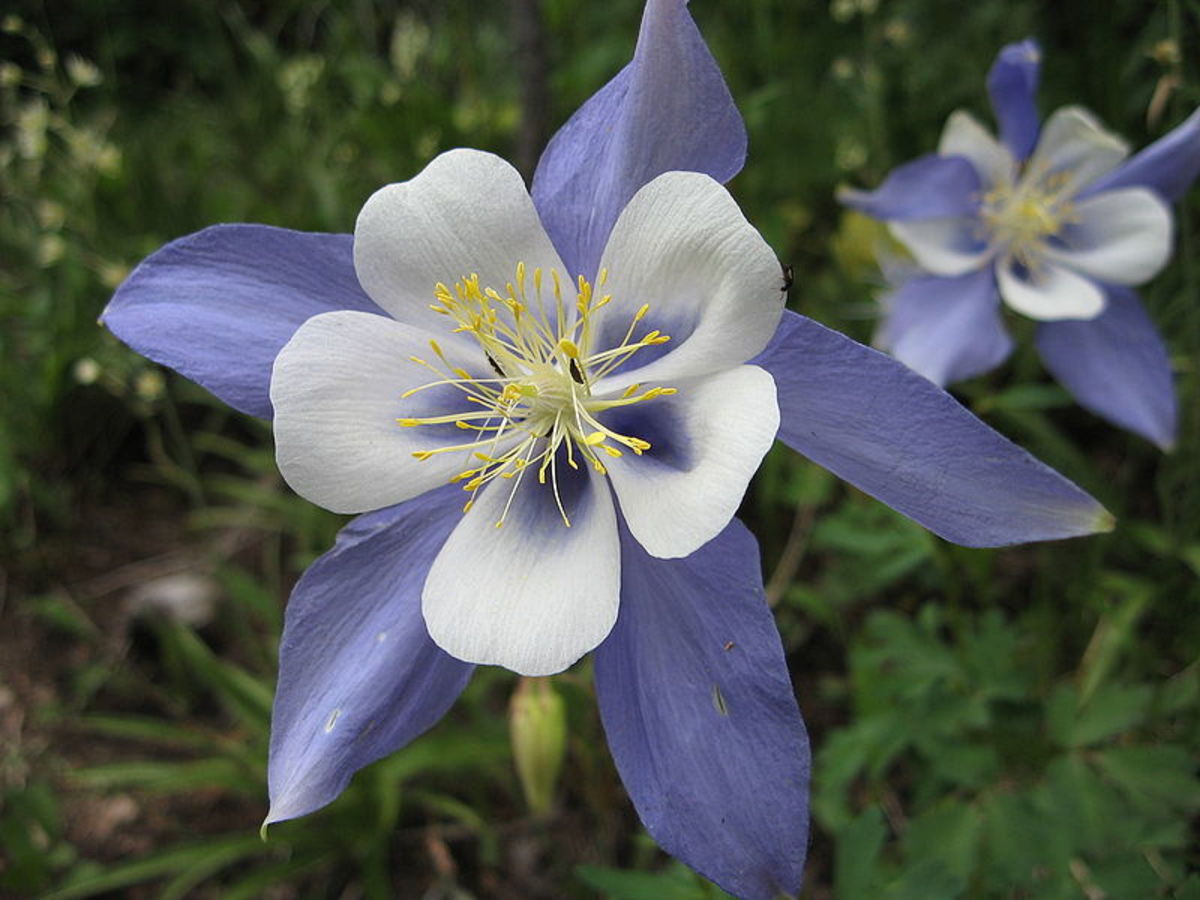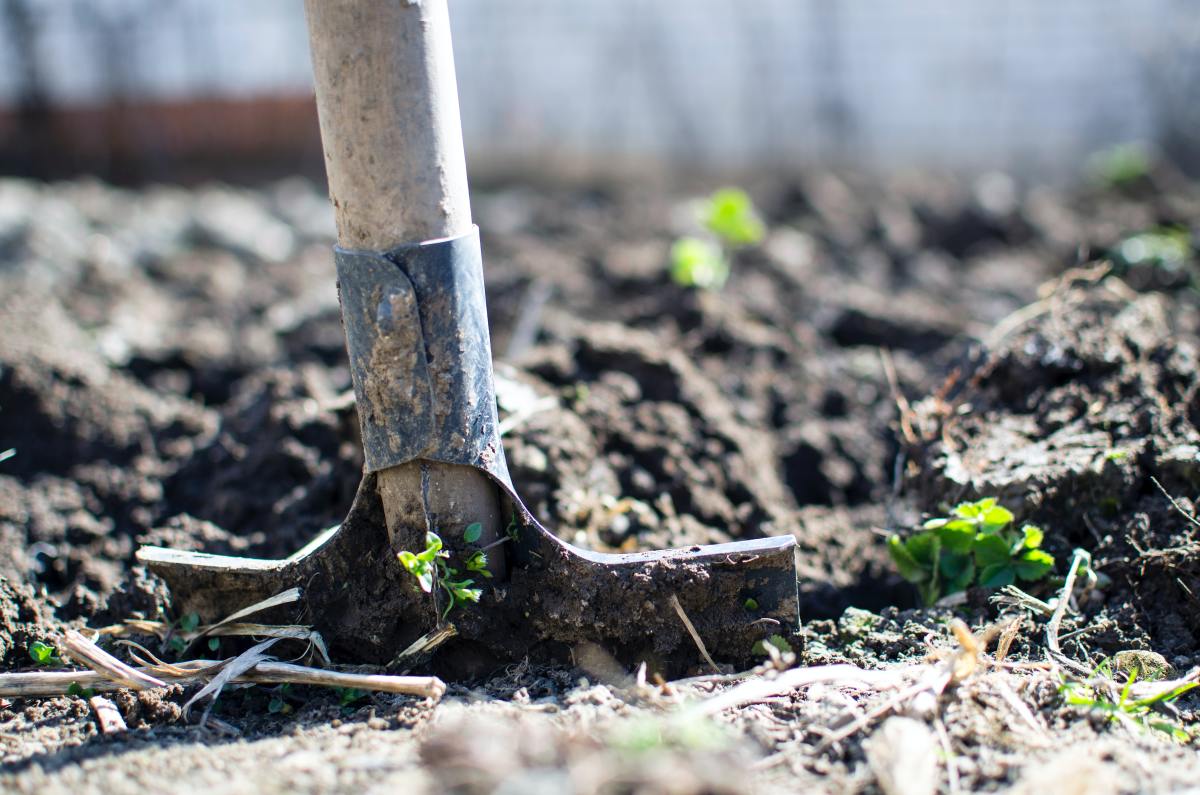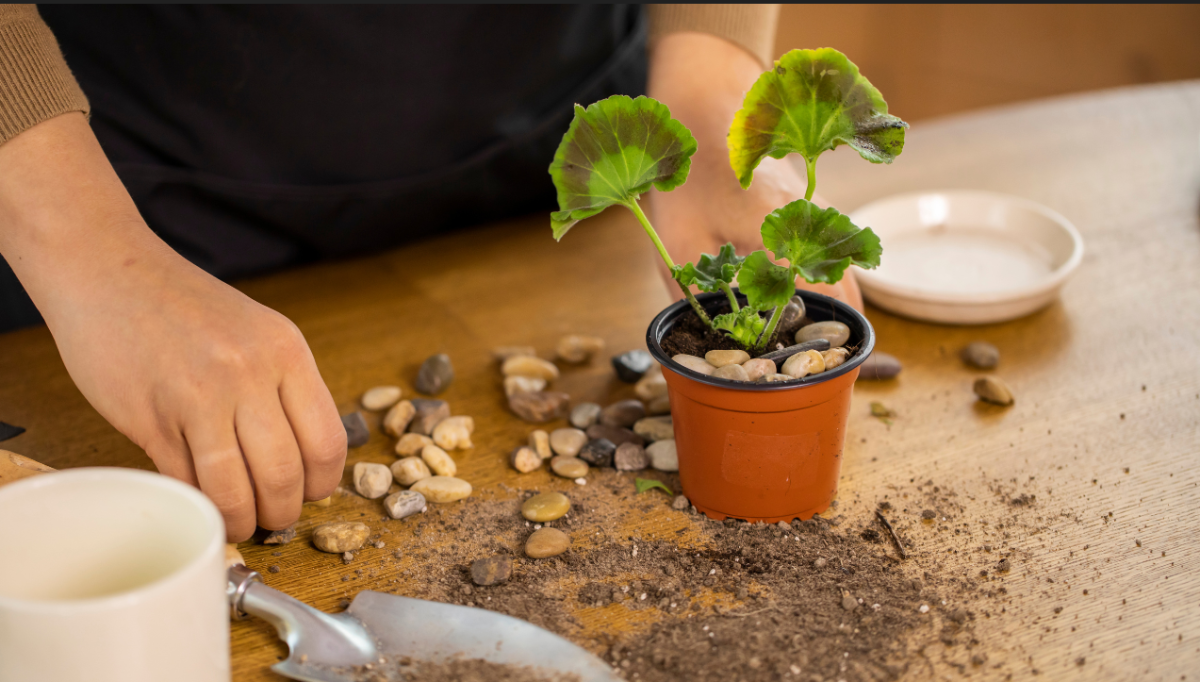Repairing Damaged, Polluted Soil
cleaning up
A gardener does not grow plants, a gardener, at least a successful one, grows soil and lets the soil grow the plants the gardener chooses. If you have moved to a new property, are expanding your garden or have had an incident occur that causes you to consider the soil has changed then you will want to conduct a soil test.
I am not talking about finding out the soil’s ph, although that is helpful, what you want to know is what is in the soil both helpful and harmful
The process of soil testing will vary from country to country and I suggest that before you collect any soil sample, you determine where you send the samples, how you package and label them and what the cost, if any, will be.
Check at the local public library, a horitcultural society, or the telephone directory.
Once you have the information do what you need to do and wait for the results; while waiting you may want to spend some of yoru time planning what you want to grow. Once you know this then the steps that you need to take will be simpler to determine when the soil tests come back and you know what you are facing.
If you know that your soil has been contaminated due to sewer back ups during a heavy rain or a spill or because, as I once faced, old cars were parked on the ground for years before I inherited the site. Oil and who knows what else had leaked into the soil and it was hard and compacted. There were a number of ways that I could have proceeded but I decided to use containers rather than wait or spend more money than I had to repair the site.
You can dig all the soil up and replace it. Depending upon how big the site is and how much labour you put in yourself; this is hard work and can be costly.
There are plants, such as sunflowers, which are very good at cleaning up contaminated site. Sunflowers were floated on rafts in the ponds near Chernobyl to help remove the toxins. The roots draw up the toxins from the soil or water and work to clean the soil.
I did plant around a dozen sunflowers around that site and now that I think back this was were my fascination with the sunflower began.
Some plants act as dynamic accumulators or plants that accumulate more of a nutrient then necessary for metabolism such that they trap free soil nutrients into organic matter.
Once you have your soil tests back you can select plants that are accumulators to help restore your soil.
Poplar trees have also been used to reduce contamination.
Purdue University researchers are collaborating with Chrysler LLC in a project to use poplar trees to eliminate pollutants from a contaminated site in north-central Indiana.
This is not an approach I would take on a small property such as a backyard garden as poplars can grow fast and their root systems will spread.
If the site in question is indeed your home’s front and/or backyard, then my first concern would be how is the property used? Are their pets and children? If there are then you want to move fast to clean up the site and having the soil removed and replaced may be the most effective process.
But wait until you know what is actually wrong. We get a diagnosis from a doctor before treating ourselves, well if we are wise we do, well treat your soil the same. Find out the condition and then develop a treatment plan.
If the sewer system did back up and flow over your property, then the municipality needs to be informed. They may be responsible for the cleanup, so check.
Like most things in life you need to know where you are, the beginning point, before you develop a plan.
fungi
bioremediation
Fungi Perfecti
- Mushroom Information - Fungi.com
Watch this space for updated information about fungi and fungus-related topics. Articles are listed in descending order, newest to oldest, based on the date they are posted.


